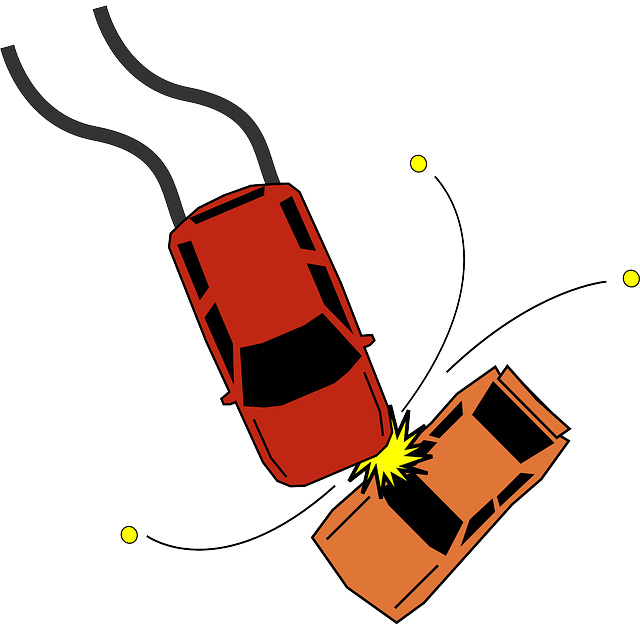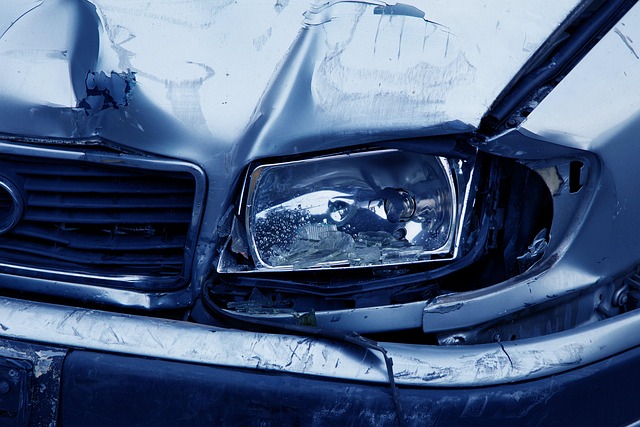Collision coverage, a critical component of auto insurance, shields drivers from financial burdens arising from vehicle accidents. It covers repair and medical expenses but excludes intentional acts, regular wear & tear, and maintenance issues with deductibles. Understanding these limitations helps in choosing suitable coverage for individual needs. Key factors influencing collision coverage premiums include vehicle age, condition, make/model, and driver's location. Regular policy review and adjusting deductibles ensure optimal protection while maximizing benefits. Collision coverage offers peace of mind, financial security, and practical support during and after accidents.
In today’s world, unexpected collisions can cause significant car damage. Understanding collision coverage is crucial for every vehicle owner as it provides protection against repair costs in case of accidents. This comprehensive guide delves into the intricacies of collision coverage, including what it covers and doesn’t, various types of car damage, the role of insurance, and factors influencing premiums. By exploring real-world scenarios, we’ll highlight why collision protection is a vital component of any vehicle’s safety net.
Understanding Collision Coverage: What It Covers and What It Doesn't

Collision coverage is a crucial aspect of auto insurance, designed to protect policyholders from financial loss in the event of an accident. It typically covers damages resulting from collisions with other vehicles or fixed objects, including repairs to your vehicle and compensation for medical expenses if anyone involved is injured. This type of coverage is essential, especially for those who drive frequently or live in areas with high traffic density.
However, it’s important to understand what collision coverage doesn’t include. Typically, it does not cover damages caused by intentional acts, like vandalism or theft, nor does it pay for regular wear and tear or maintenance issues. Additionally, collision insurance often has deductibles, meaning you’ll need to contribute a certain amount towards the repair costs before your policy kicks in. Knowing these limitations ensures that you’re adequately informed when selecting the right coverage for your needs.
Types of Car Damage: From Dents to Total Loss

Car damage from collisions can range from minor dents and scratches to significant, even total loss. Dents, often caused by parking lot mishaps or road debris, are a common type of collision damage. These can vary in severity, from small indentations that may be mostly cosmetic, to deep, unsightly creases that affect the car’s structure and performance.
In more severe collisions, vehicles can sustain extensive damage, including crumpled frames, shattered glass, and damaged or disabled mechanical components. In extreme cases, a vehicle may experience what’s known as a total loss—when the cost of repairs exceeds the car’s value, making it more economical to replace than repair. Collision coverage, offered by most auto insurance policies, plays a crucial role in mitigating these risks by helping to cover the costs associated with repairing or replacing your vehicle after an accident.
The Role of Insurance in Collision Protection

In today’s world, where accidents can happen at any moment, having the right insurance is pivotal for safeguarding against unexpected financial burdens. Collision coverage plays a crucial role in this regard, offering protection against damages incurred during a collision with another vehicle or object. Insurance companies step in as a safety net, providing financial assistance to cover repair or replacement costs of your vehicle. This peace of mind is invaluable, ensuring that a minor fender bender or a more severe crash doesn’t lead to significant financial strain on individuals and families.
When you opt for collision coverage, it becomes an integral part of your auto insurance policy. It shields you from bearing the sole responsibility for repairs, which can be especially costly, given the advanced technology and materials used in modern vehicles. This protection is designed to offer peace of mind, knowing that should an accident occur, there’s a financial safety measure in place to help restore your vehicle to its pre-collision condition.
Factors Affecting Collision Coverage and Premiums

Several factors influence collision coverage premiums, and understanding them is essential for drivers seeking adequate protection. One primary consideration is the vehicle’s age and condition; older cars or those with higher mileage may incur higher costs due to the increased risk of accidents and repair expenses. Additionally, the make and model of a vehicle play a significant role; some brands and models are statistically more prone to specific types of damage, impacting premium rates accordingly.
The location where a driver resides is another critical factor. Areas with higher crime rates or frequent accidents typically result in elevated collision coverage premiums. Drivers’ personal driving history also comes into play; those with a clean record will generally face lower costs compared to individuals with a history of fender benders or serious mishaps. Safety features within the vehicle, such as advanced airbags and anti-lock brakes, can offer discounts, demonstrating that proactive safety measures are beneficial for both drivers and insurers.
Tips for Maximizing Your Collision Coverage Benefits

Maximizing your collision coverage benefits starts with understanding what’s included in your policy. Review your policy documents carefully to grasp the scope of protection offered during a collision. Key terms like comprehensive and collision deductibles play a significant role; ensure you’re comfortable with these before an incident occurs.
Don’t overlook optional add-ons that can enhance your coverage. For instance, rental car coverage can be invaluable if your vehicle is totaled or requires extensive repairs. Additionally, considering a higher deductible might lower your premium, but make sure it’s a trade-off you’re prepared to make in case of a claim. Regularly reviewing and adjusting your collision coverage according to your changing needs is essential for making the most of your insurance benefits.
Real-World Scenarios: When Collision Protection Becomes Crucial

In real-world scenarios, collision protection becomes a crucial aspect of vehicle ownership, often highlighting the importance of collision coverage. Imagine a driver navigating through heavy traffic, where a momentary lapse in attention or an unexpected maneuver from another vehicle can lead to a collision. Without adequate collision coverage, such incidents might result in substantial financial burdens, including expensive repairs or even replacement costs. Collision insurance steps in as a safeguard, covering these unforeseen events and providing peace of mind.
Consider a scenario where a driver is involved in a minor fender bender. With collision protection, the policyholder can file a claim to repair their vehicle, ensuring it returns to its pre-incident condition. This coverage not only compensates for physical damages but also speeds up the process, minimizing disruption to daily routines. Moreover, collision coverage can extend beyond physical damage, sometimes including rental car benefits during repairs, adding another layer of protection for drivers in unexpected situations.
